Has wearable tech had its day?
- Published

With the clicking of poles and a determined stride, the Winchester Nordic Walking group is a distinctive sight as its members pound the Hampshire countryside.
The day I bumped into them, all but one was using some form of fitness tracker.
A few Fitbits, a Garmin smartwatch, a couple of phone apps and one basic pedometer - and all, they claimed, were roughly counting the same paces.
"Before I had a watch it didn't bother me, now I've got one I hate being without it," said group leader Linda Bidder.
Christiane Livingstone oversees Nordic walking groups around the UK.
"Fitness trackers (of all sorts) are incredibly popular in my groups," she said.
"People love to know how far they have walked and even compete with each other."
And yet the wearables market has had a rollercoaster ride in recent months.
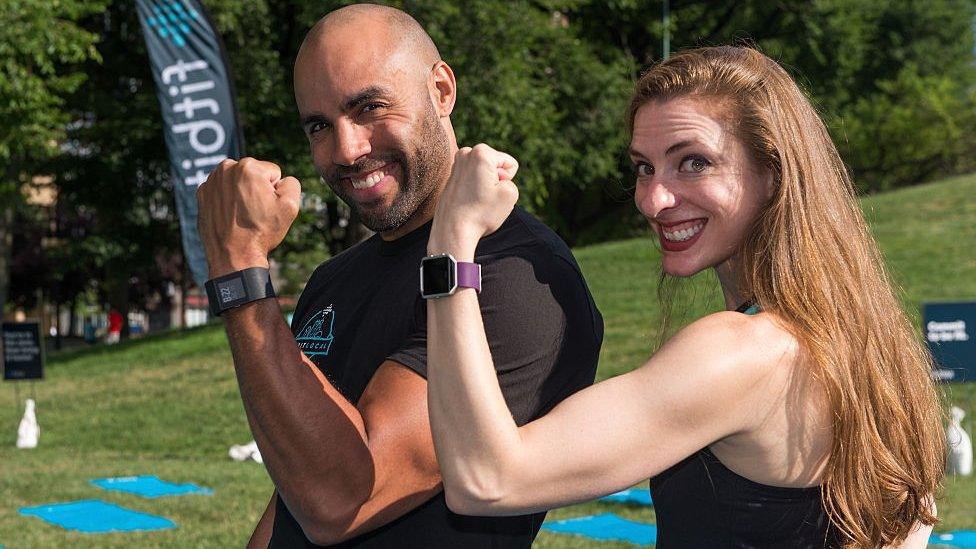
The Fitbit brand is popular but has reported slower sales
This time last year analysts were making multi-billion dollar forecasts for the developers of health trackers and smartwatches, and Apple was boldly selling a $10,000 gold edition of the Apple Watch.
But by November 2016 Smartwatch shipments declined by 51.6% year-on-year, according to a report by market analysts IDC.
Jawbone, once a popular fitness tracker brand, confirmed to TechCrunch, external that it is leaving the consumer market and focusing on healthcare providers.
Microsoft has removed its Fitness Band on its online store (although it is still available on retail giant Amazon) and crucially no longer provides the Band developer kits., external
Fitbit remains a key brand name at the heart of the fitness tracker revolution - and it acquired one of its rivals, the Pebble Watch - but it was recently reported to be laying off staff, and founder James Park said the firm experienced "softer than expected" sales during the recent Christmas period, external.
10,000 steps
Various devices claim to measure heart rate, sleep, activity and count calories.
Counting steps is probably the most common use of wearable devices - but recently experts have questioned whether the golden goal of walking 10,000 steps a day is actually worthwhile, and a US study concluded that health trackers did not aid weight loss.
Analyst Ben Wood, from CCS Insight, was such a wearables enthusiast that he still wears one on each wrist - but even he speaks more cautiously these days about the sector overall.
"The reality is these devices have stalled in the marketplace," he told BBC Radio 4's You and Yours programme.
"A lot of people have got them, a lot of people like them but the spectacular explosive growth that we anticipated hasn't really occurred."
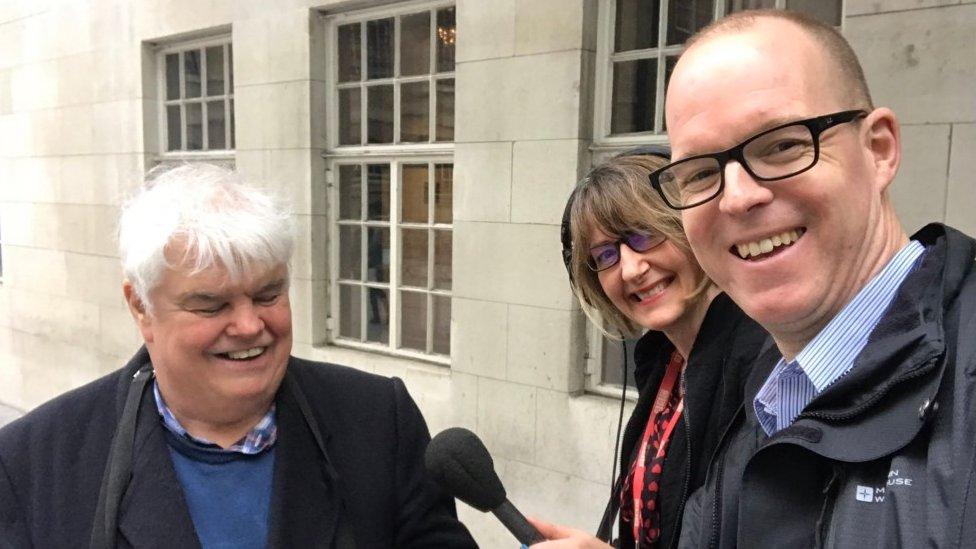
Ben Wood (right) was interviewed by Peter White from BBC Radio 4's You and Yours programme
Ben Wood thinks there's an engagement issue - after a while these devices don't tell you anything new.
There's also the battery issue, and the fact that many of the older and cheaper varieties aren't water resistant.
Furthermore, Simon Bryant from Futuresource says many wearables aren't yet independent enough and rely on being tethered to a smartphone, or replicate a functionality, such as step counting, that the handset already has.
However Mr Bryant believes that while wearables may be down, they are not yet out.
"We feel the slowdown is temporary and the market will accelerate this year," he said.
He thinks that improved power, appearance, and mobile pay options could give them a boost alongside a maturing user group.
Things do appear to be looking up. Sales figures for 2016 just released by IDC, external indicate 25% market growth year-on-year, with Fitbit taking the largest share - followed by budget brand Xiaomi.
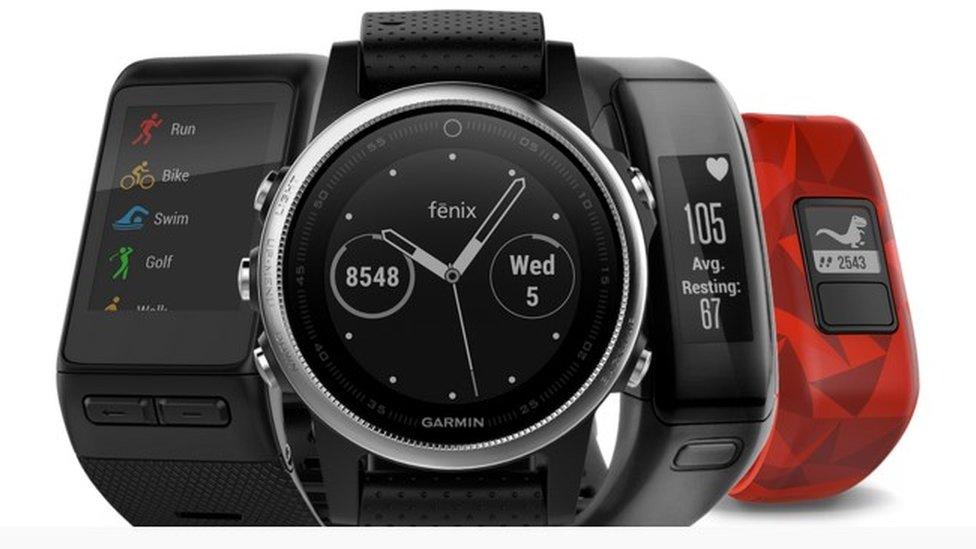
According to one report Garmin shipped 6.1 million wearable devices in 2016
One of the top five sellers is Garmin, which has focused on the dedicated fitness market.
Theo Axford, senior product marketing manager at Garmin UK, told the BBC that while the market had become "very competitive" the firm had not experienced declining sales.
"Brands must ensure that they are meeting the needs of the customer and always delivering value," he said.
"Whilst the entry space has become largely commoditised, customers that have bought into the technology as a first foray into wearables are now looking for, and demanding more.
"The advocacy we've experienced for our devices over many years in what was a fairly specialist market has now become much more mainstream, and customers are looking for a brand with the specialist expertise and a legacy they can trust."
And what about smartwatches - once feted as the ultimate smartphone accessory with multiple tracking functions and apps?

The first edition of the Apple Watch gave the market a boost
Ben Wood argues that they are "a solution that's looking for a problem" - but robust sales of the Apple Watch and Google's current rollout of a new operating source for Android-powered watches, Android Wear 2.0, suggest the industry has not given up on them yet.
In December 2016 Apple CEO Tim Cook said sales growth was "off the charts", external following the release of the Apple Watch 2 in September, and Android watchmaker Samsung showed the biggest growth year-on-year in IDC's report.
"The smart wearables market is changing," said Ramos Llamas from IDC.
"Health and fitness remains a major focus, but once these devices become connected to a cellular network, expect unique applications and communications capabilities to become available."
And this will allow them to make a bid for freedom, he believes.
"This will also solve another key issue: freeing the device from the smartphone, creating a stand-alone experience."
- Published13 January 2017

- Published4 January 2017

- Published23 February 2017
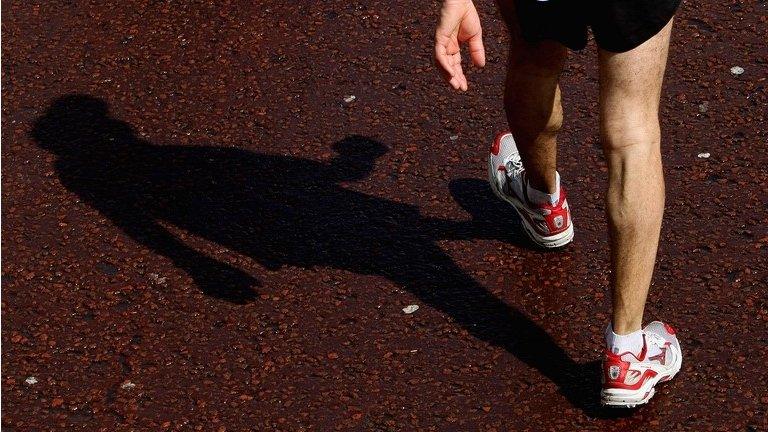
- Published7 December 2016
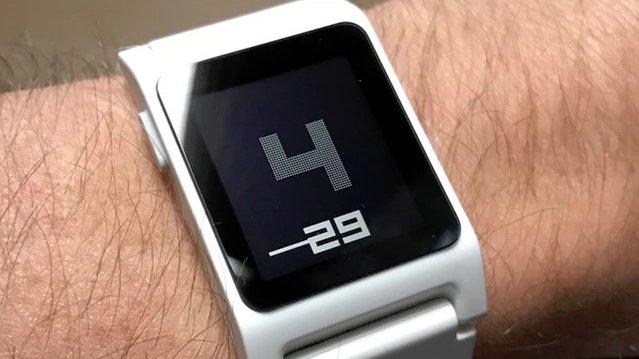
- Published25 October 2016
